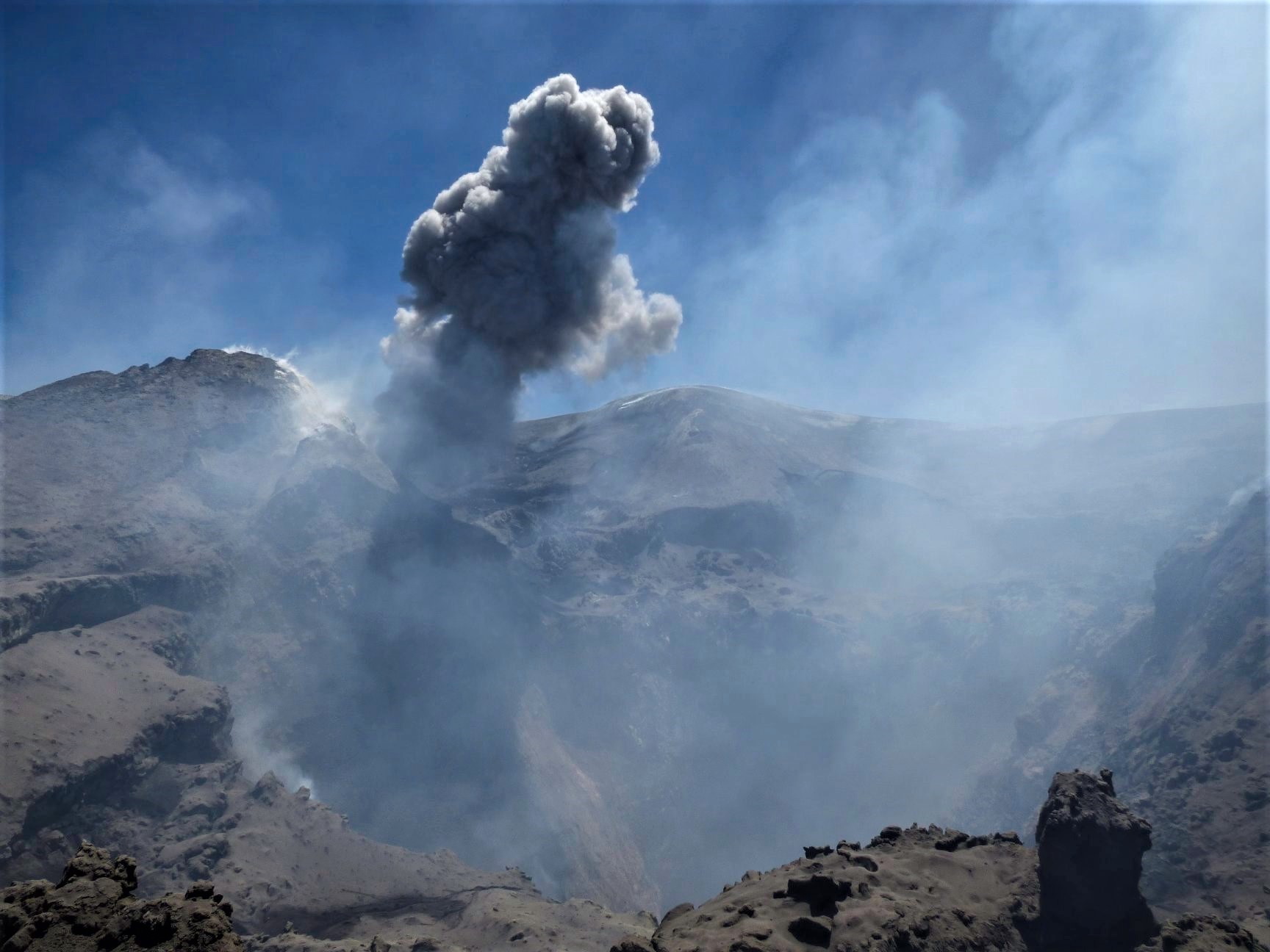June 19, 2019. EN. Italy / Sicily : Etna , Mexico : Popocatepetl , Peru : Sabancaya / Ubinas , Colombia : Nevado del Huila .
June 19 , 2019. Italy / Sicily , Etna : The National Institute of Geophysics and Volcanology, Osservatorio Etneo, announced that, according to observations made during an inspection…

